Types of conveyors:
Uses and Applications
Types of conveyors:
Uses and Applications
Uses and Applications
Conveyors make up one of the most widely used automation technologies in material handling operations.
Its function consists of moving products from a “point A” to a “point B”, avoiding damage during handling and providing greater productivity to the operational flow.
However, in order to obtain all the expected benefits and for the investment of the equipment to really generate its maximum performance, the choice of the type of conveyor to implement becomes a crucial element.
Selecting the ideal type of conveyor for your operation is essential for the conveyor system to meet the objectives related to:
Likewise, the importance of this decision is reflected in the fact that the conveyor system is easily scalable in the future, and that it produces the highest possible energy efficiency to optimize the associated membership costs.
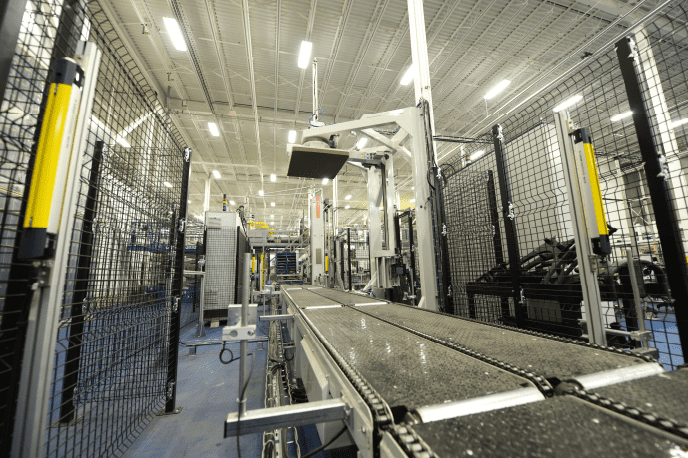
To correctly choose from the wide variety of types of conveyors that exist,
it is necessary to take into account the following factors:
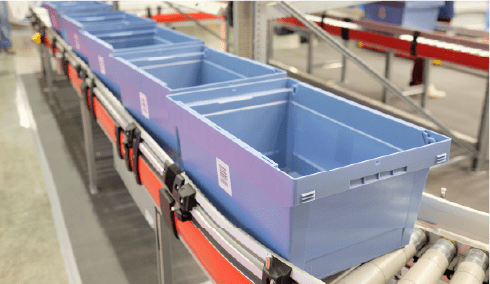

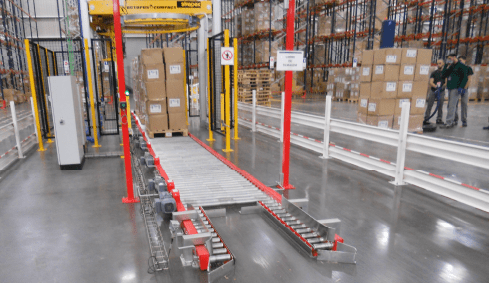
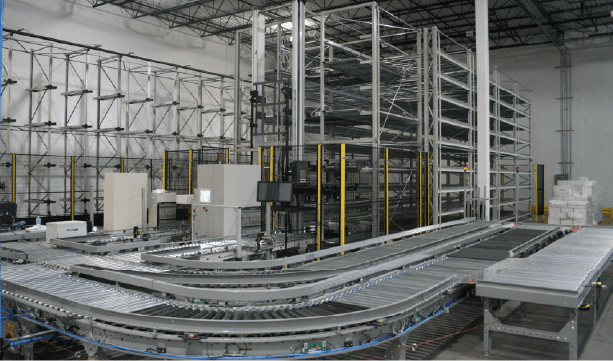


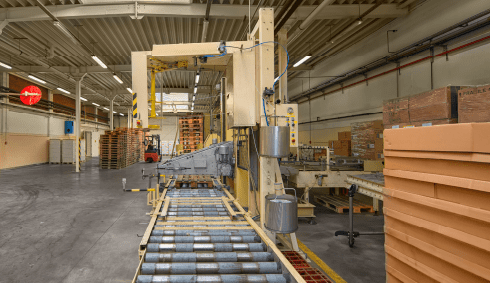
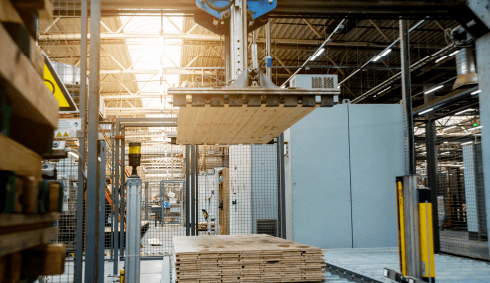
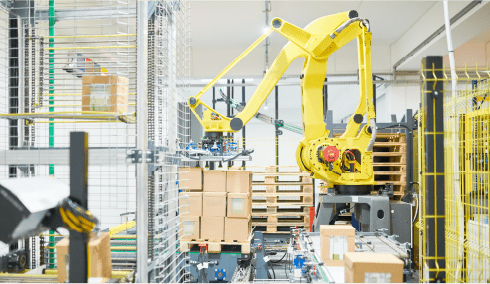

Discover more advantages of pallet conveyors!
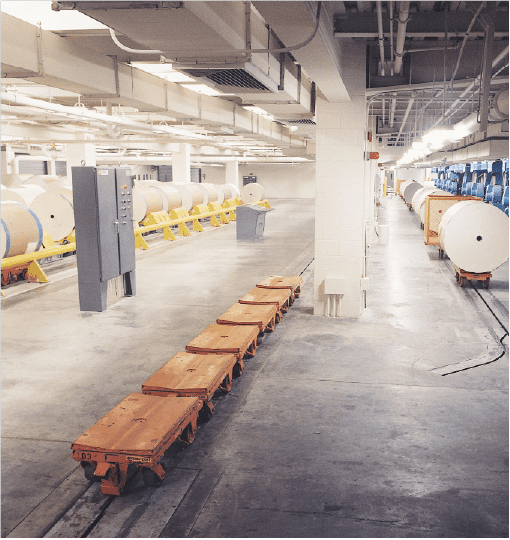


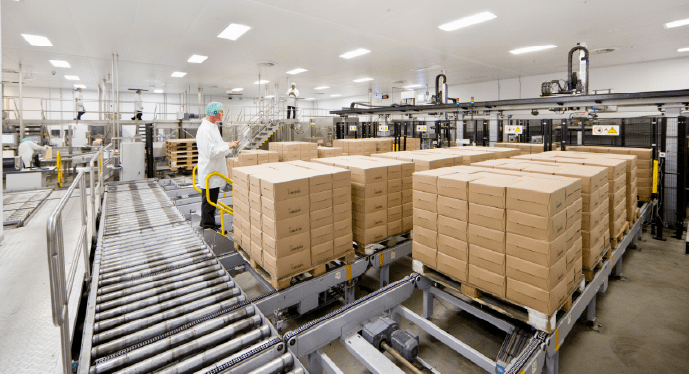
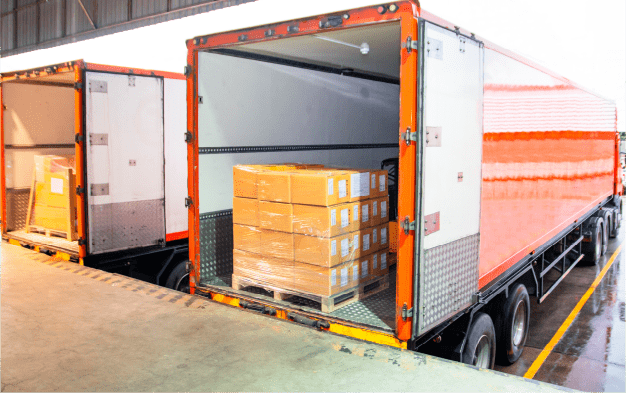


Contáctanos
Tlalnepantla, Edo. de Mexico.
Nuestras Ubicaciones
Edo de México
Querétaro | Guadalajara
Monterrey | Chihuahua